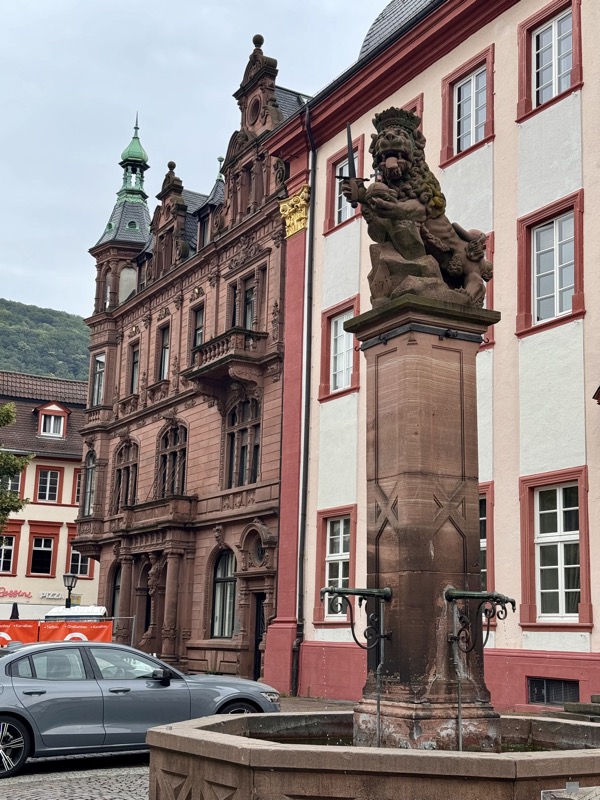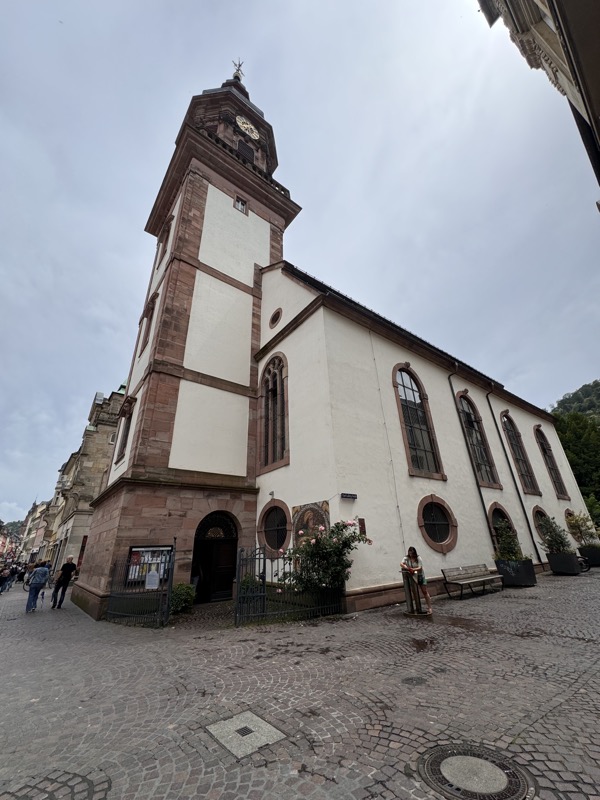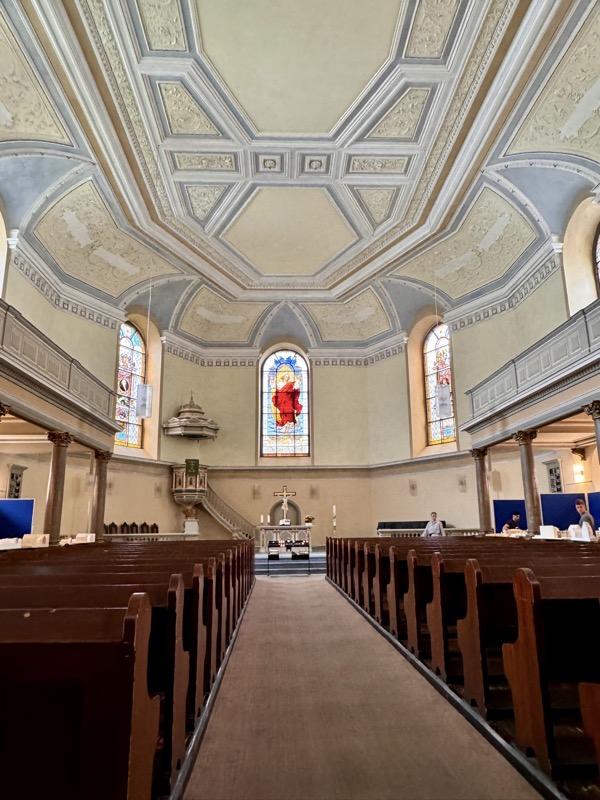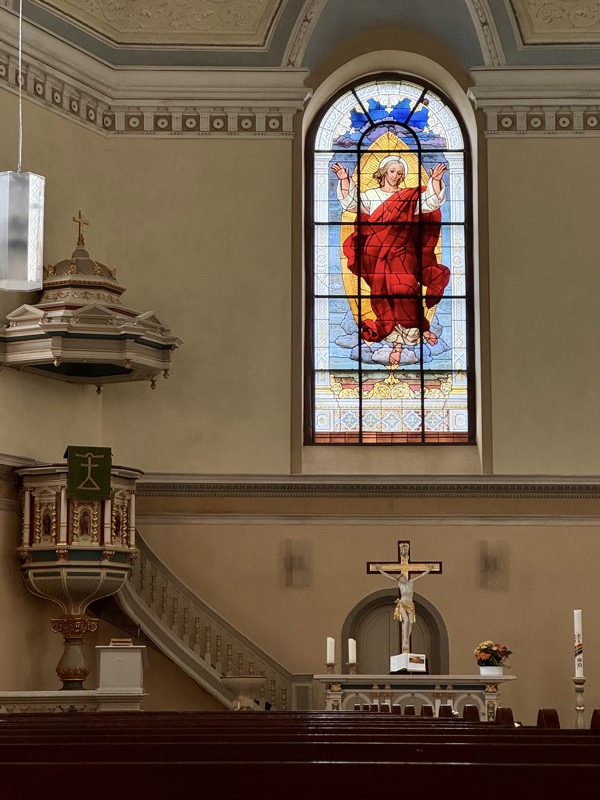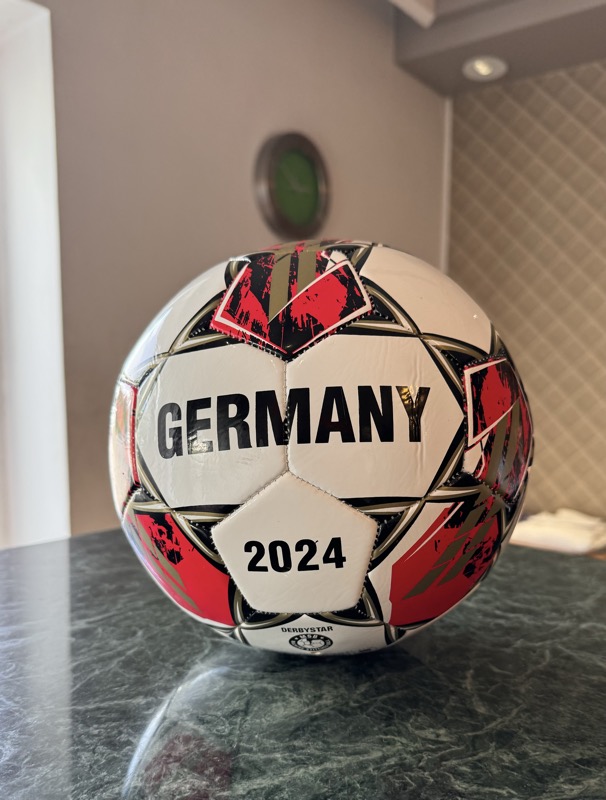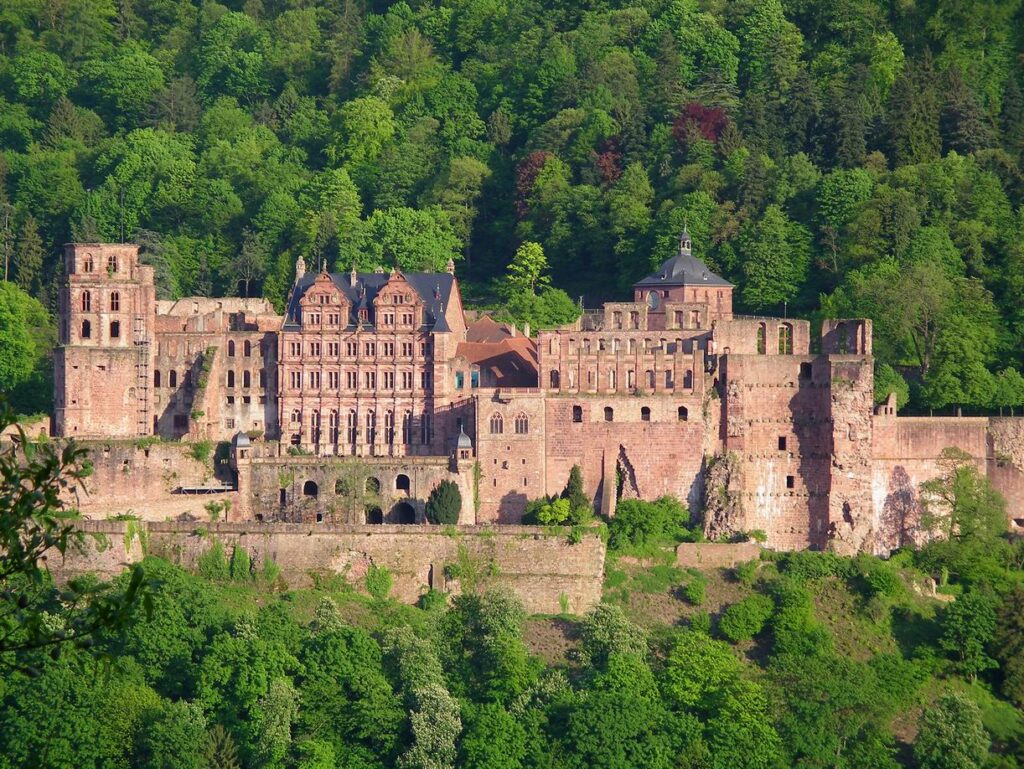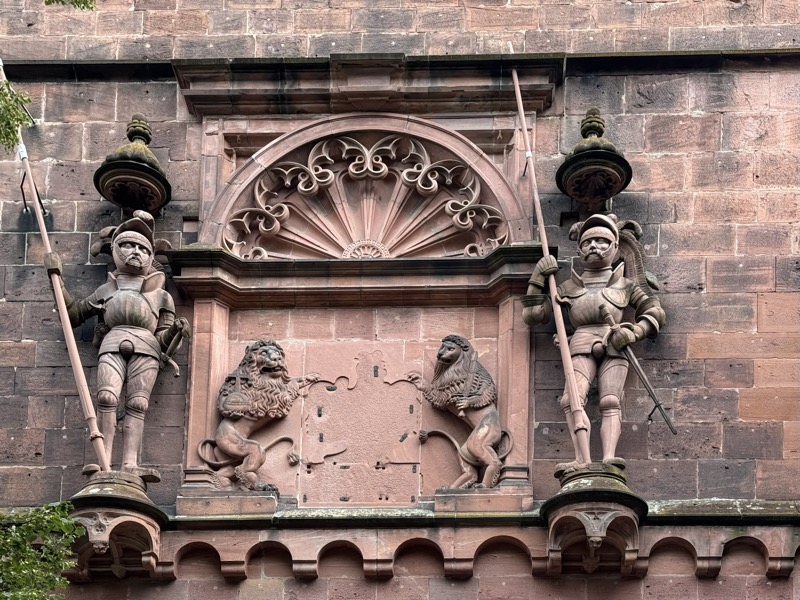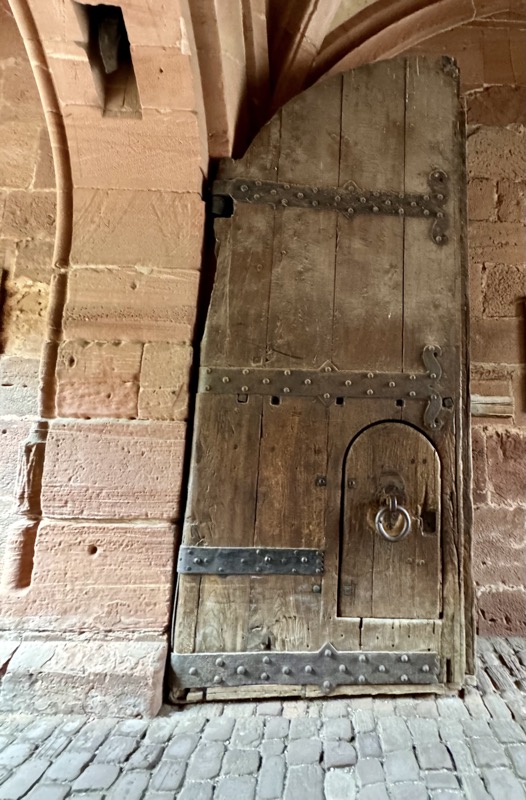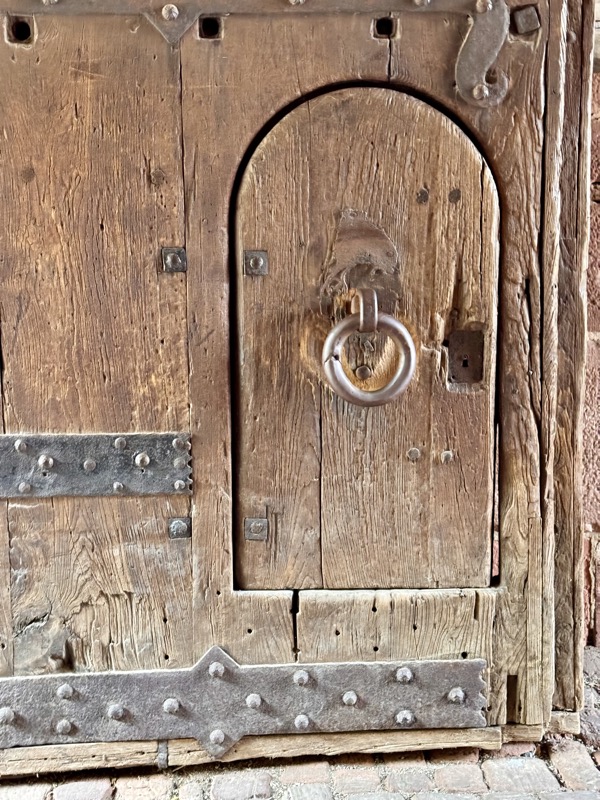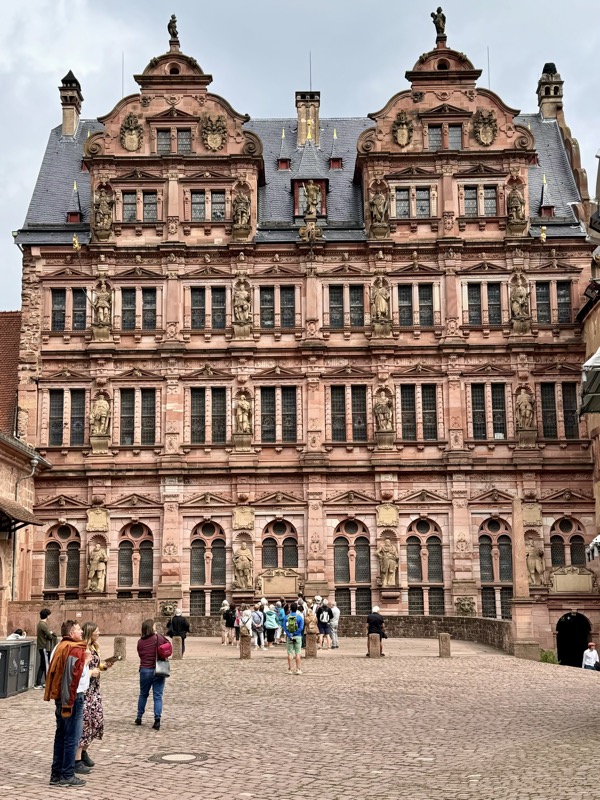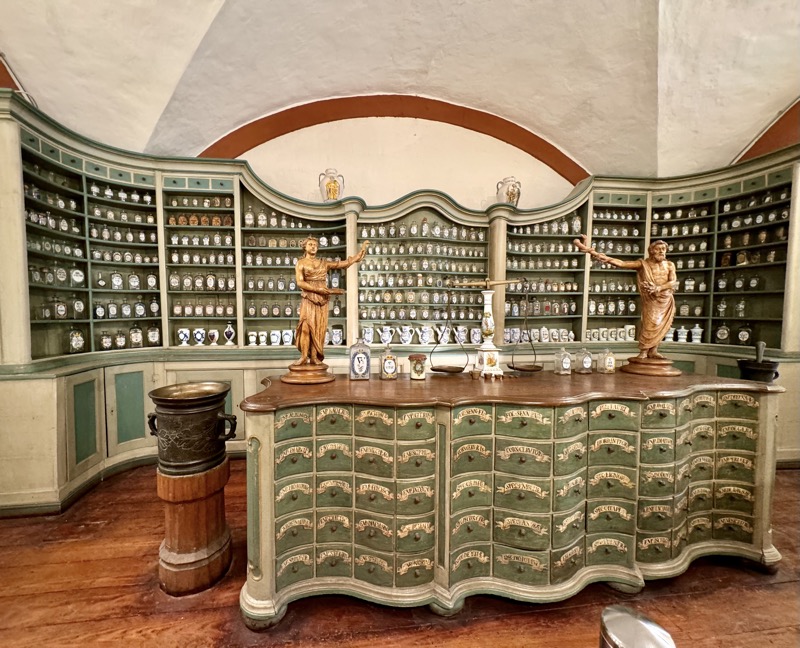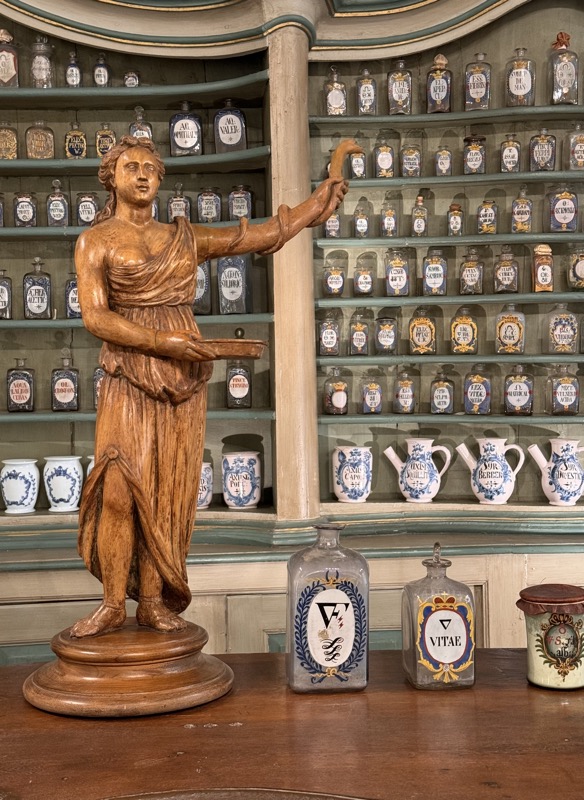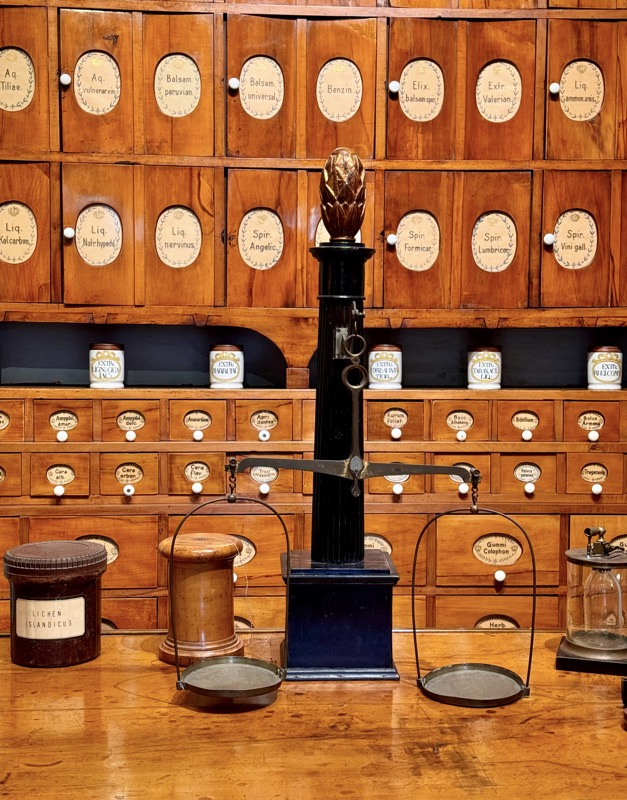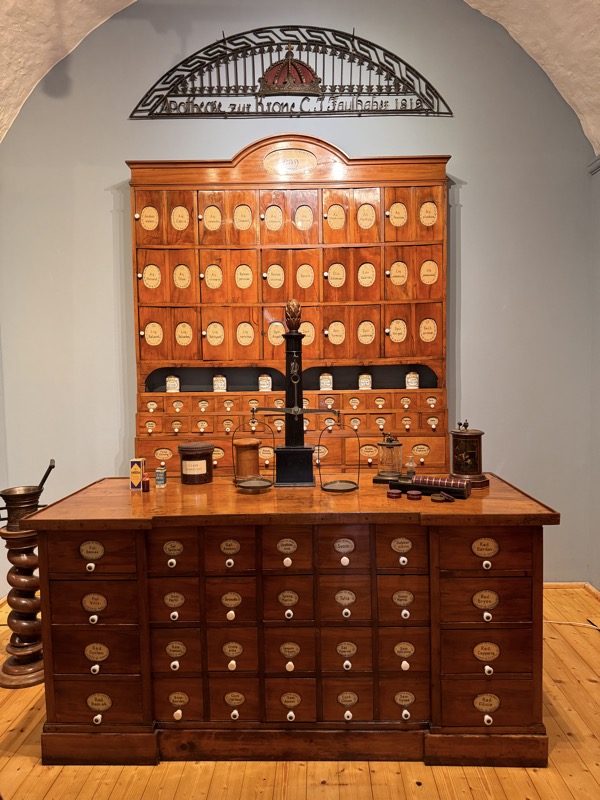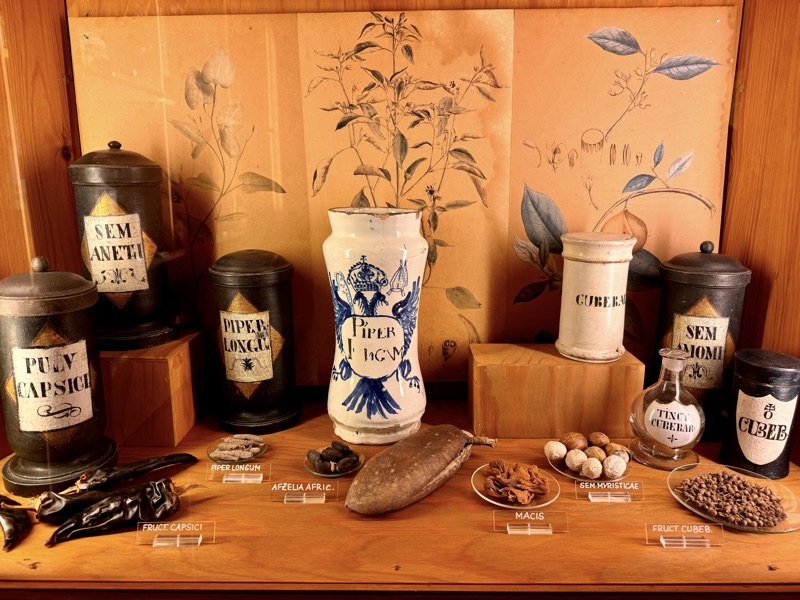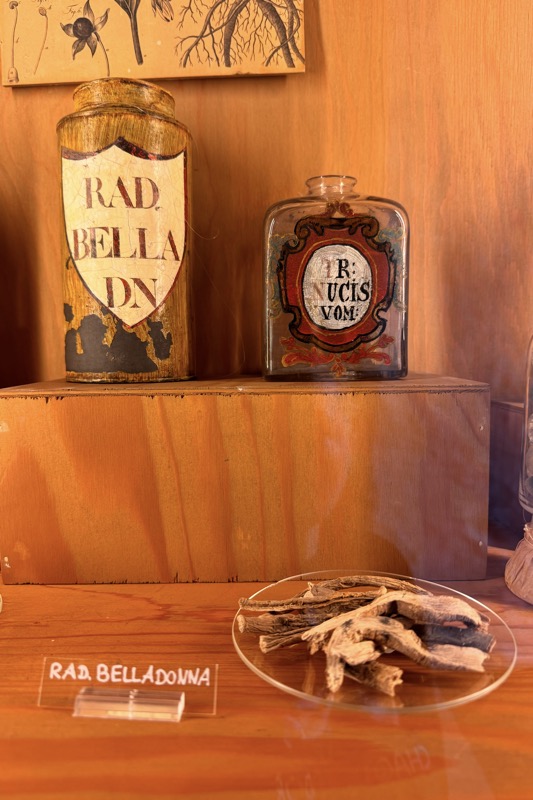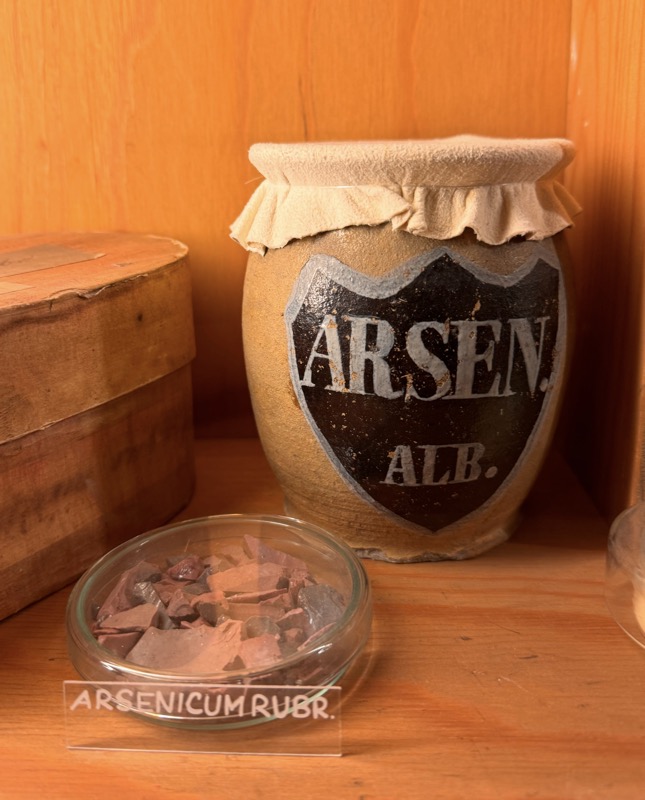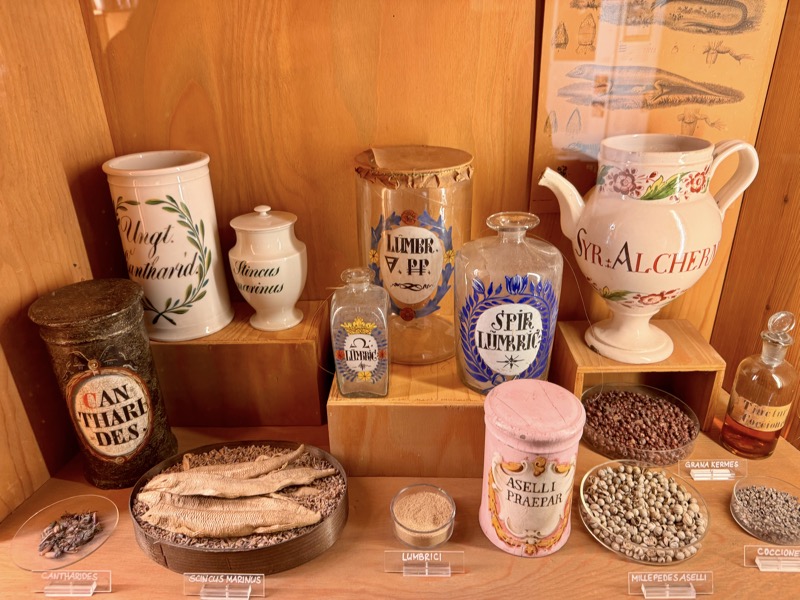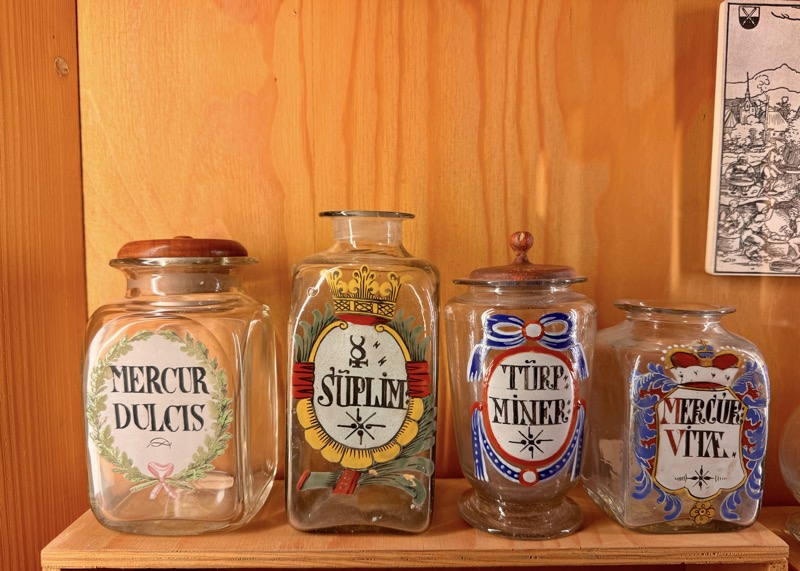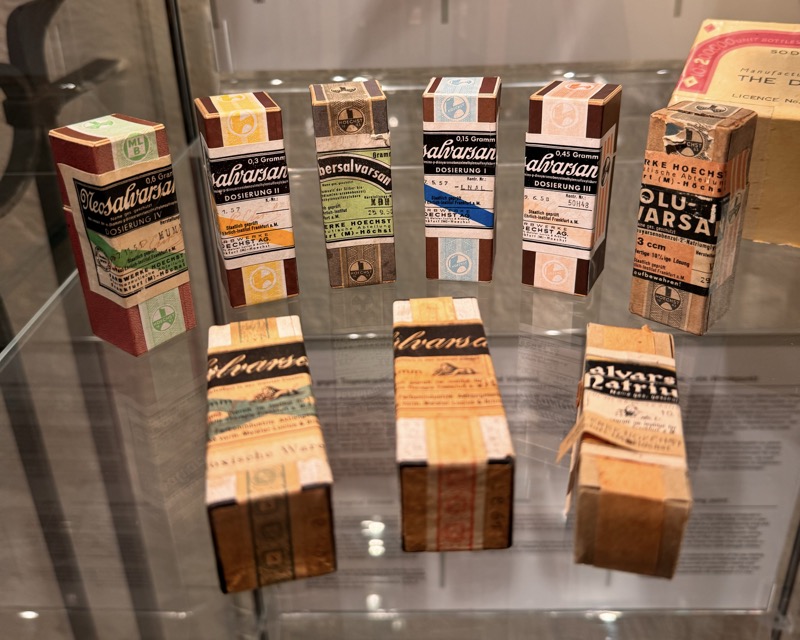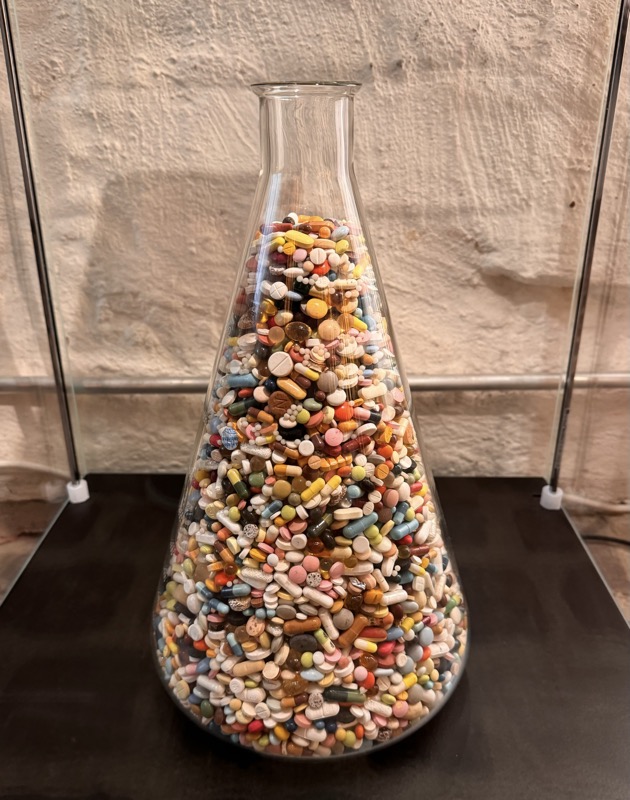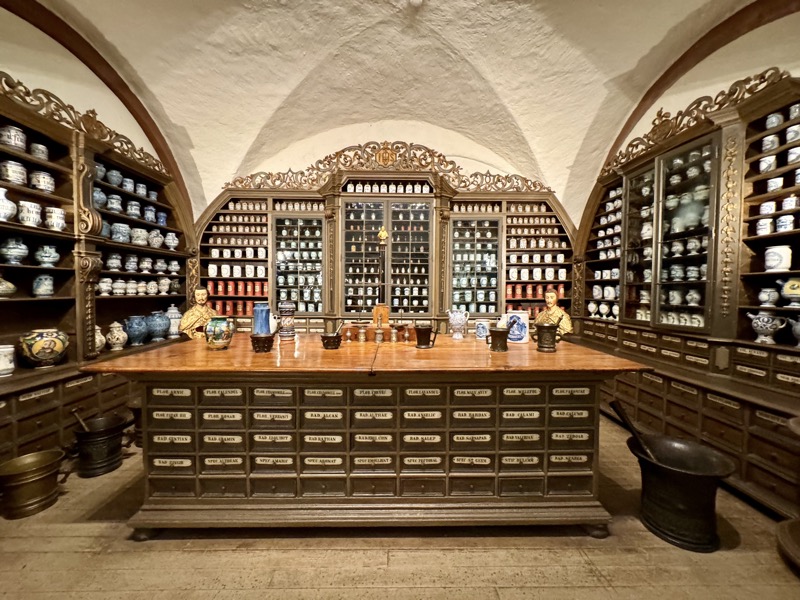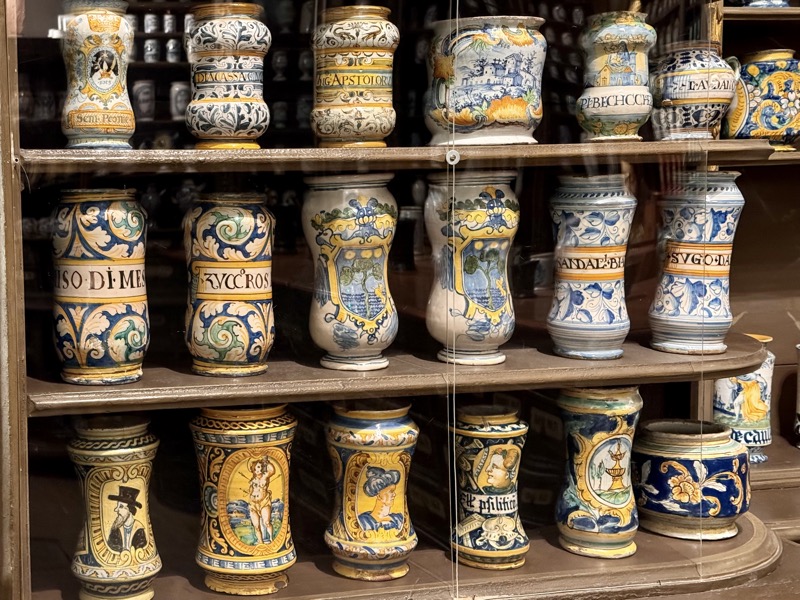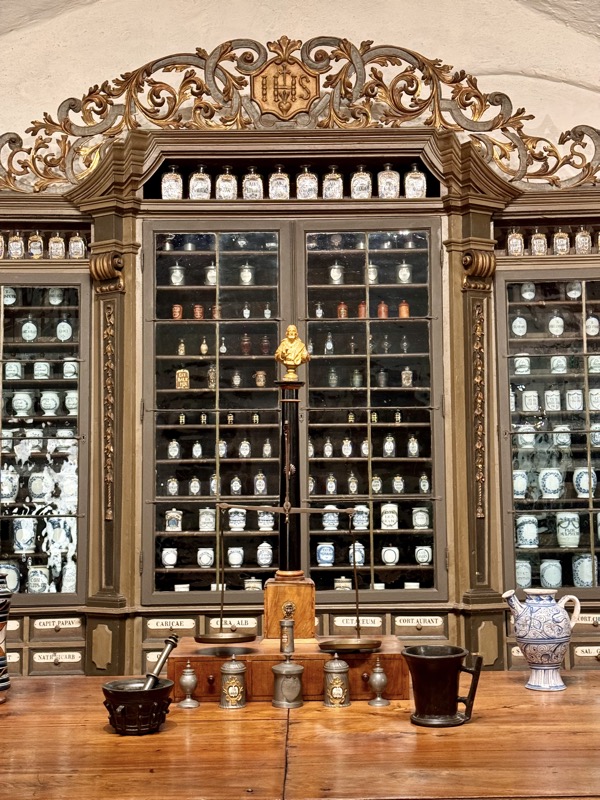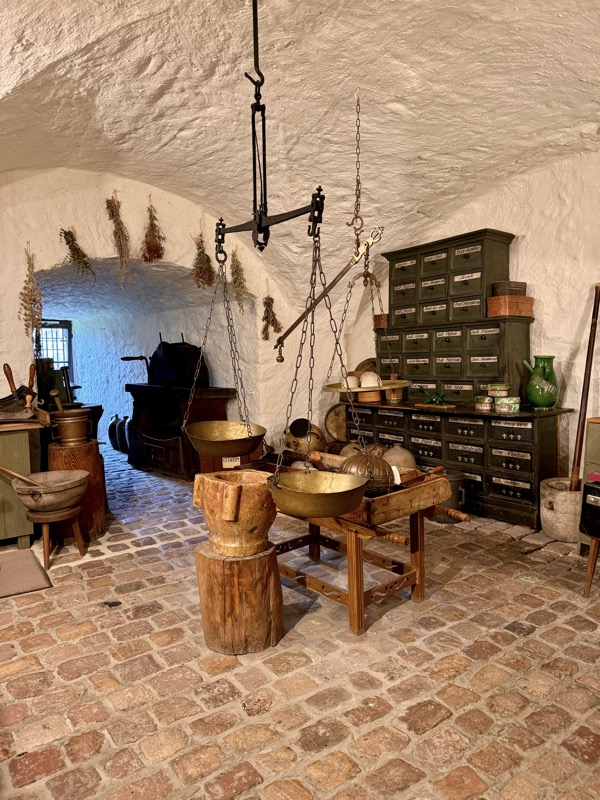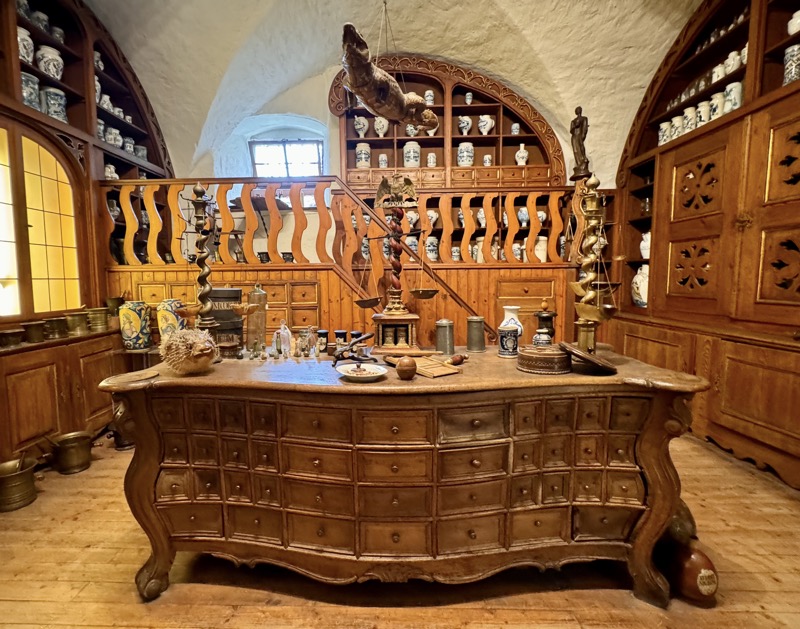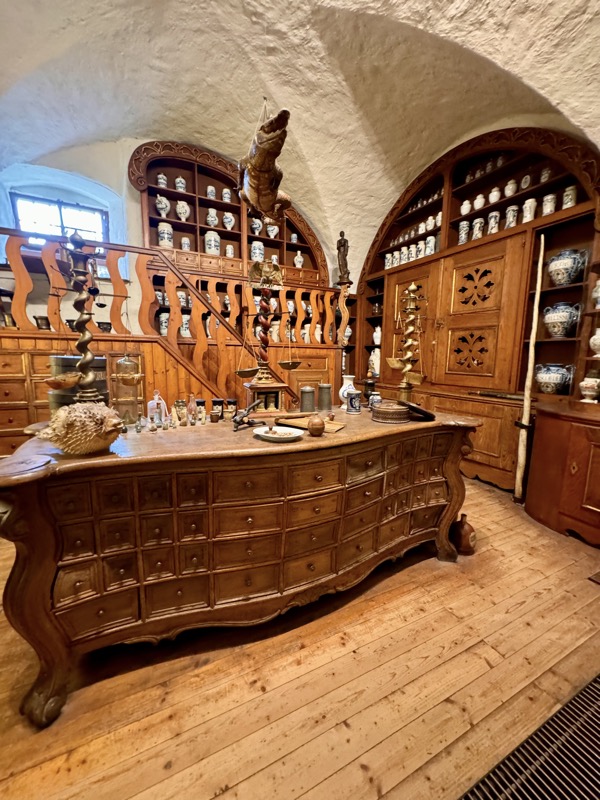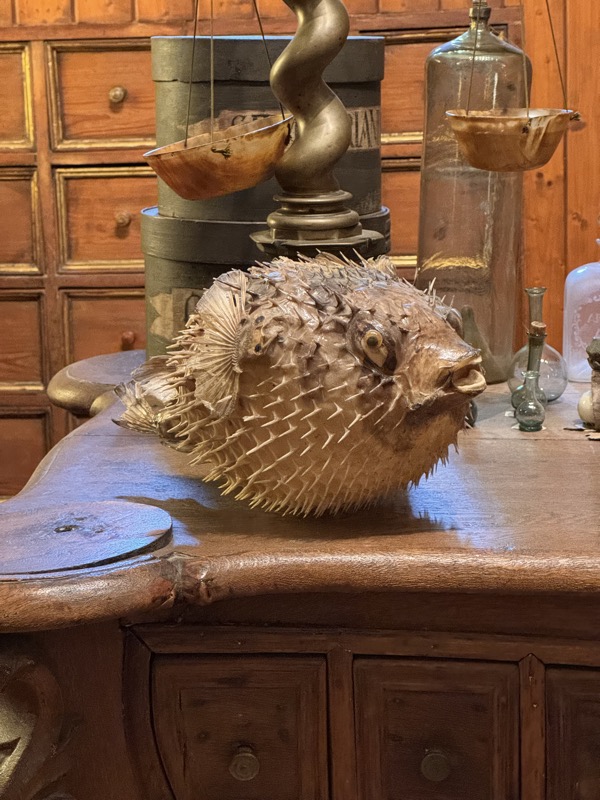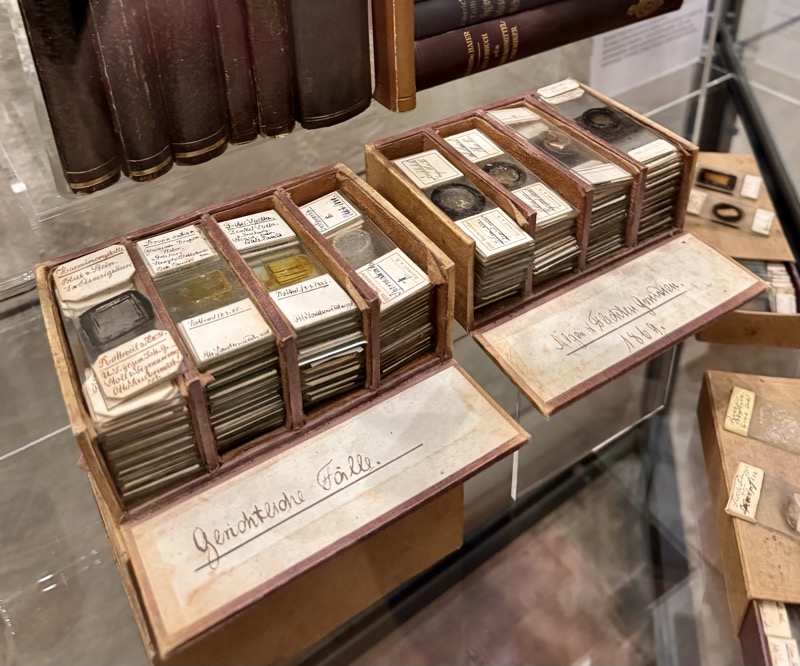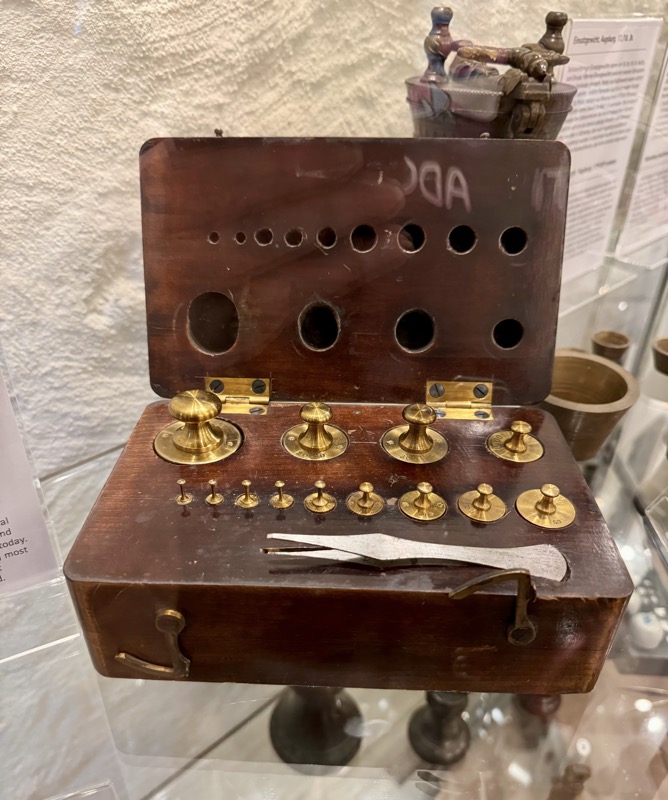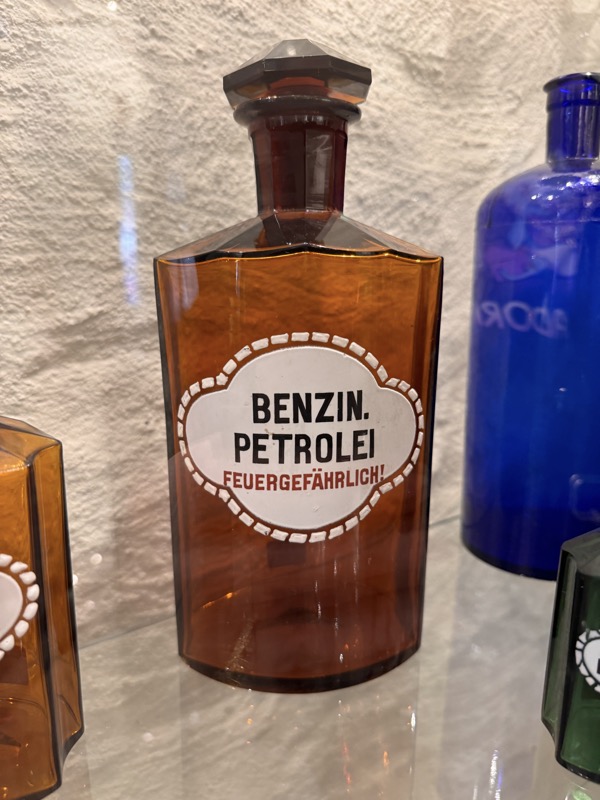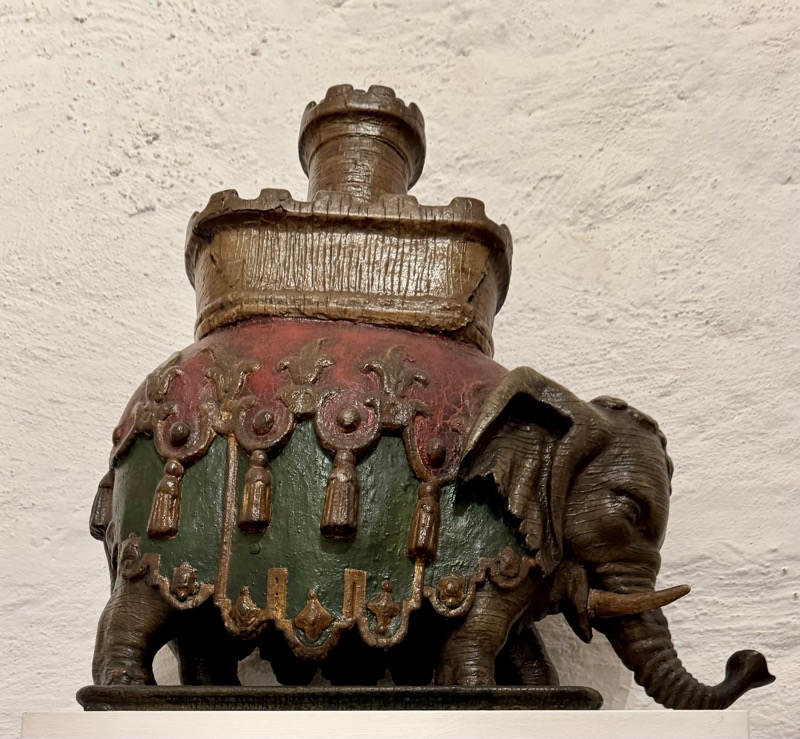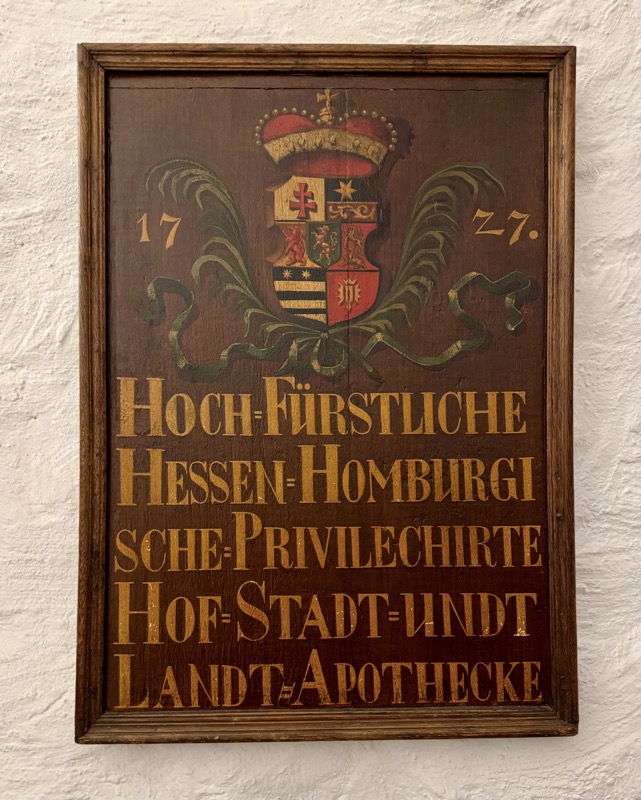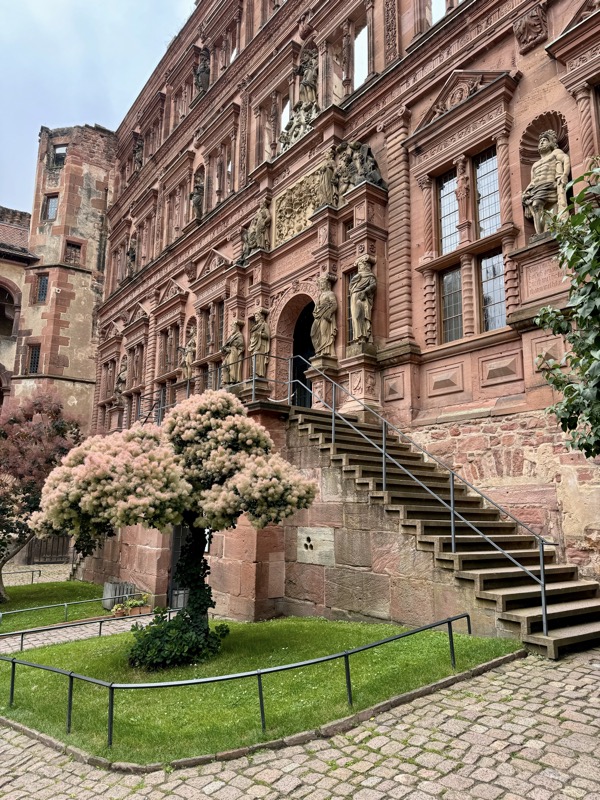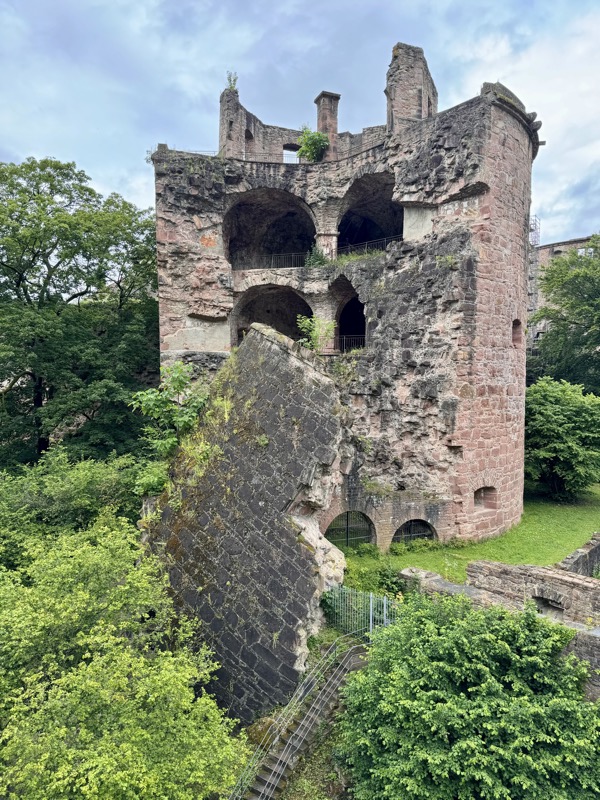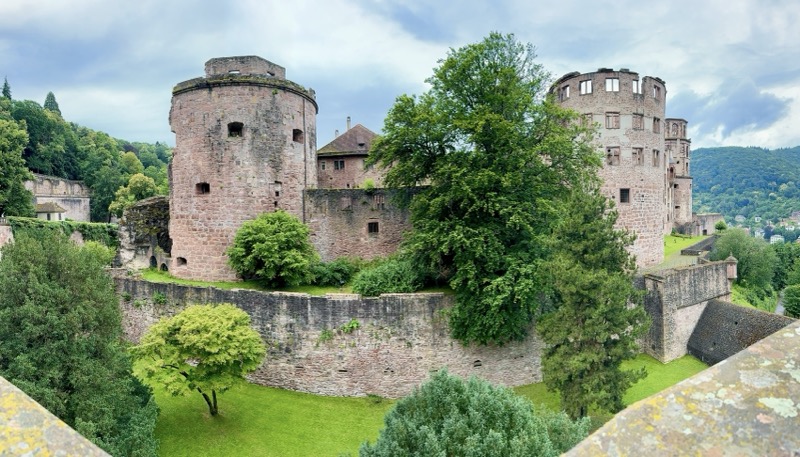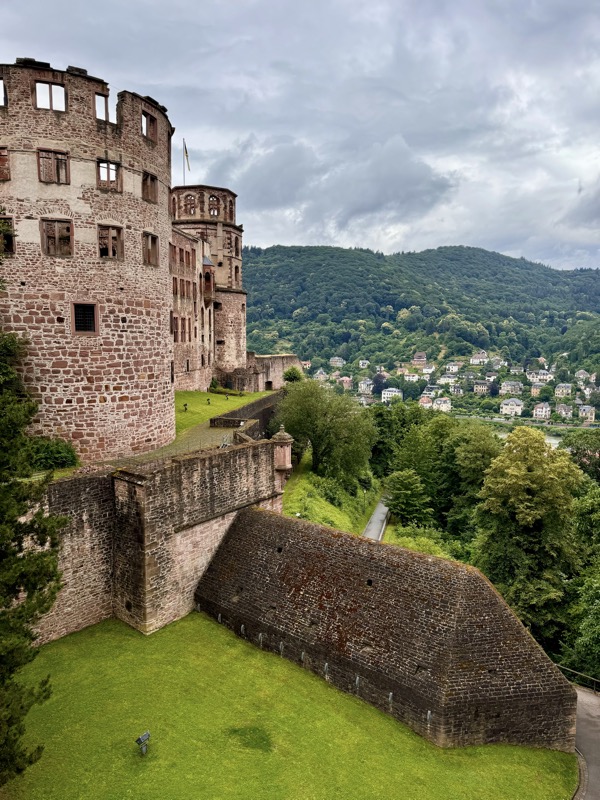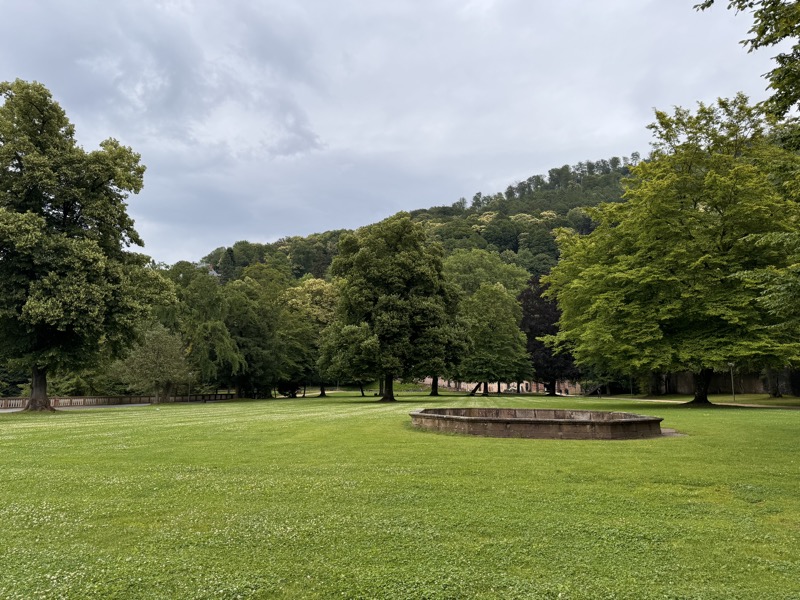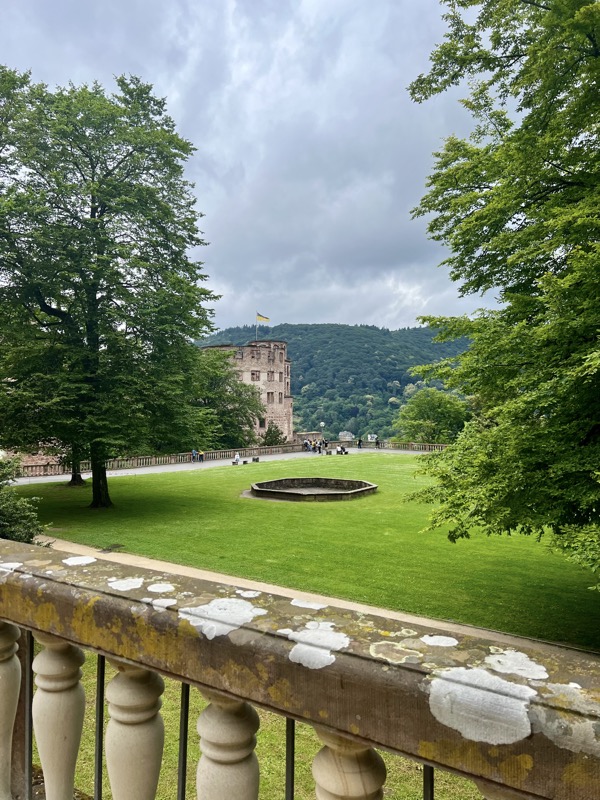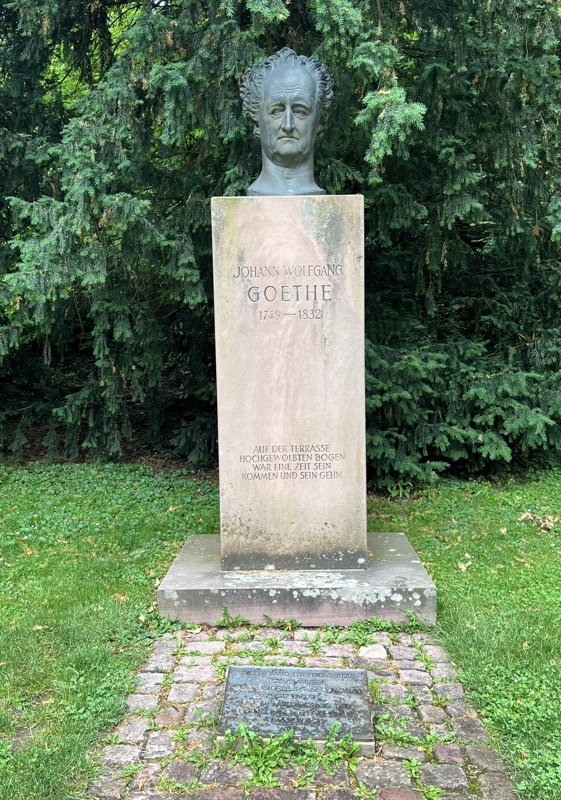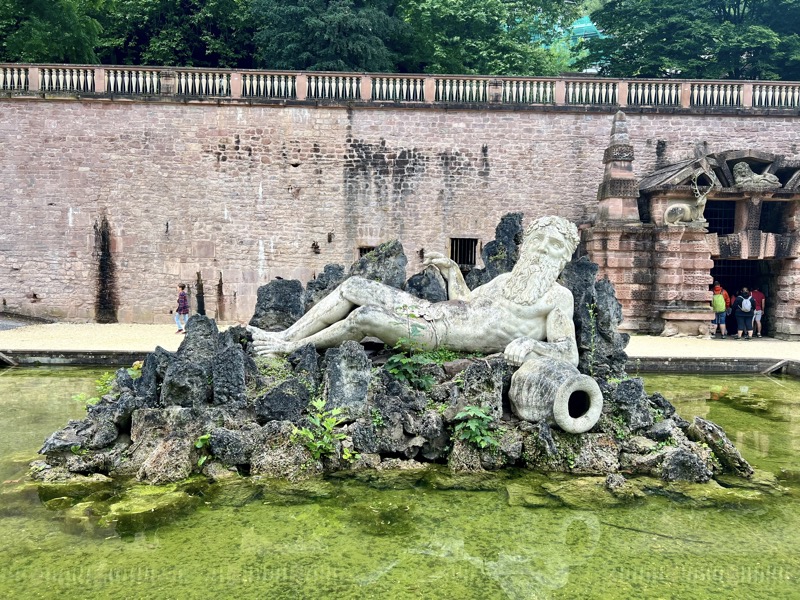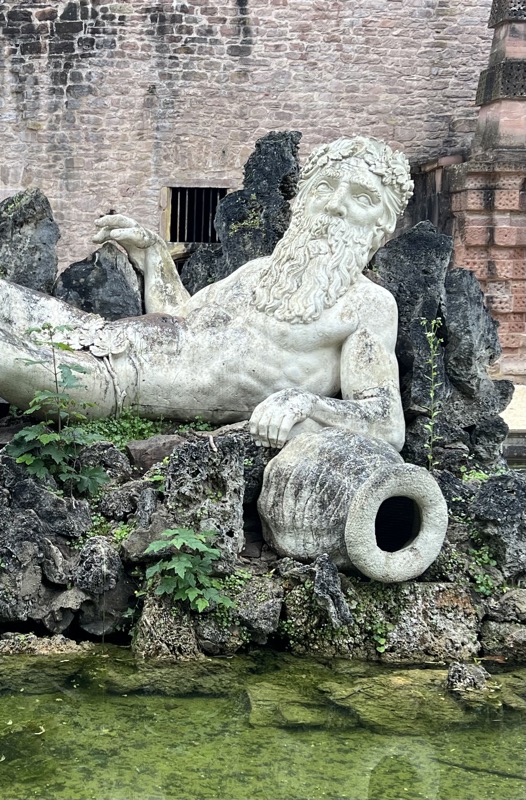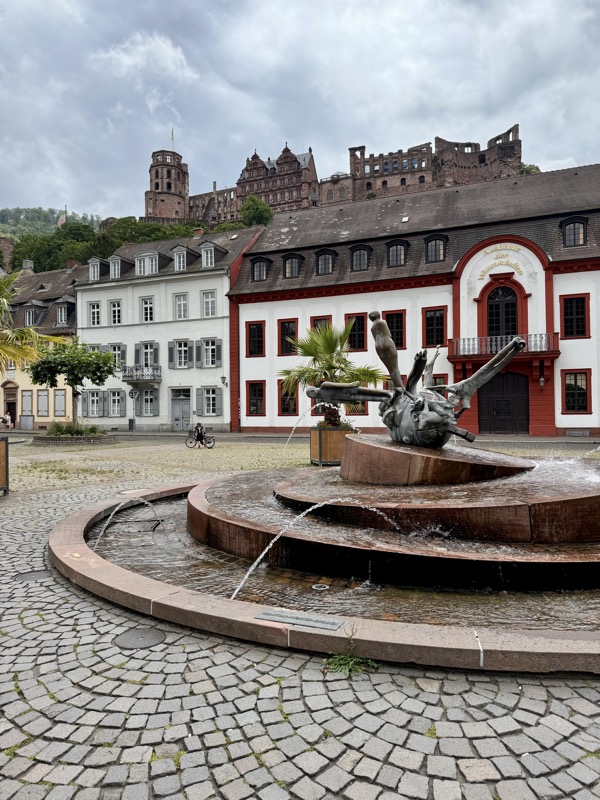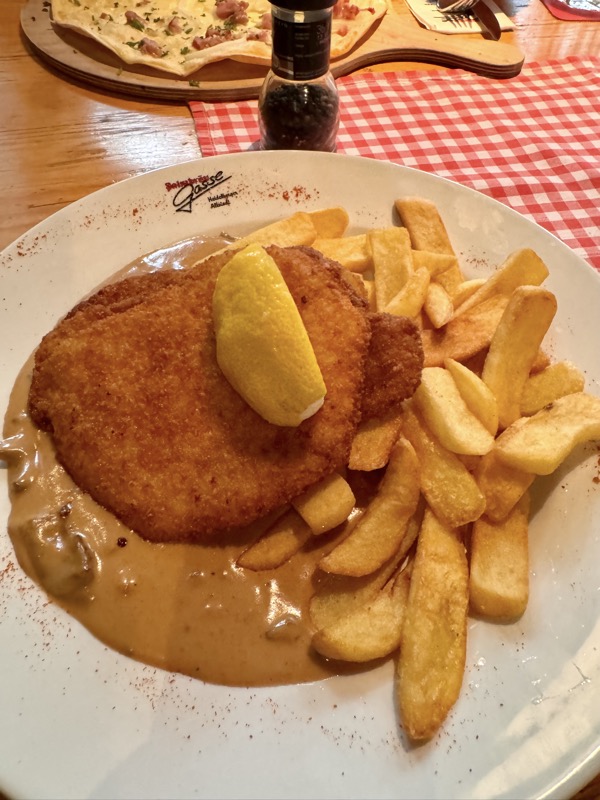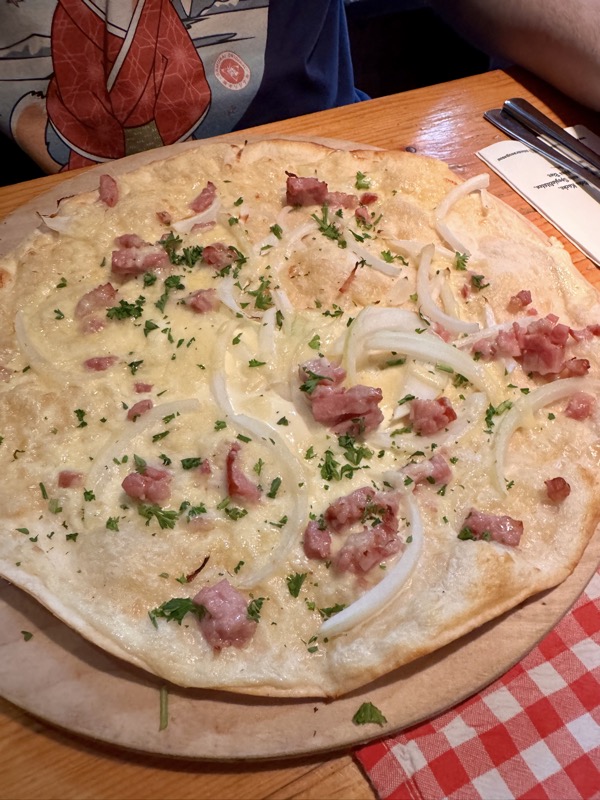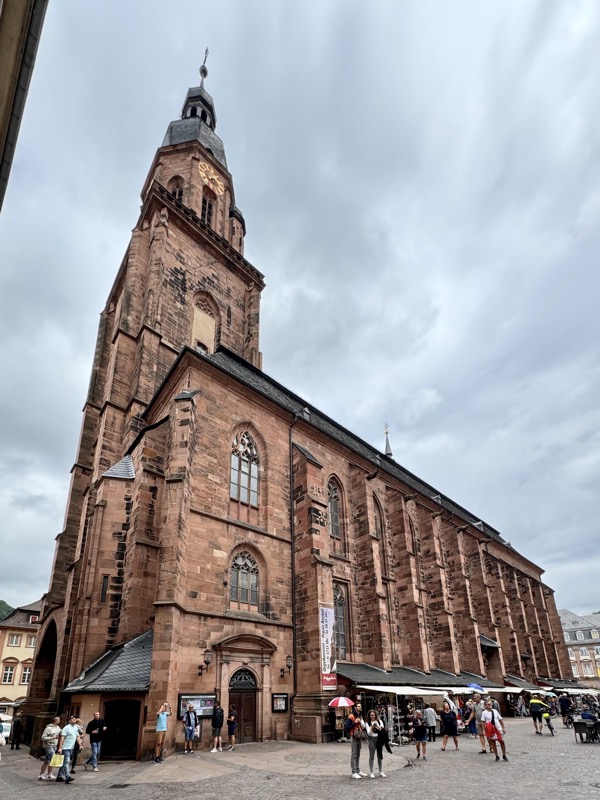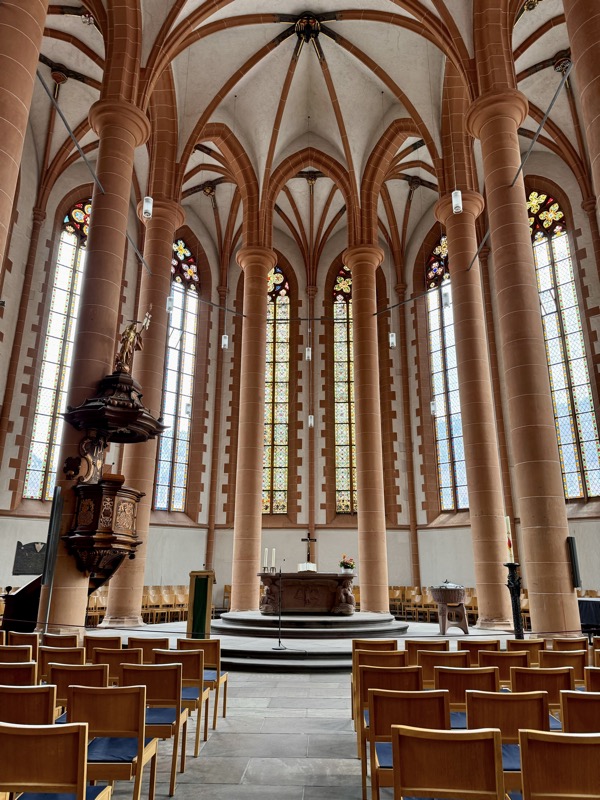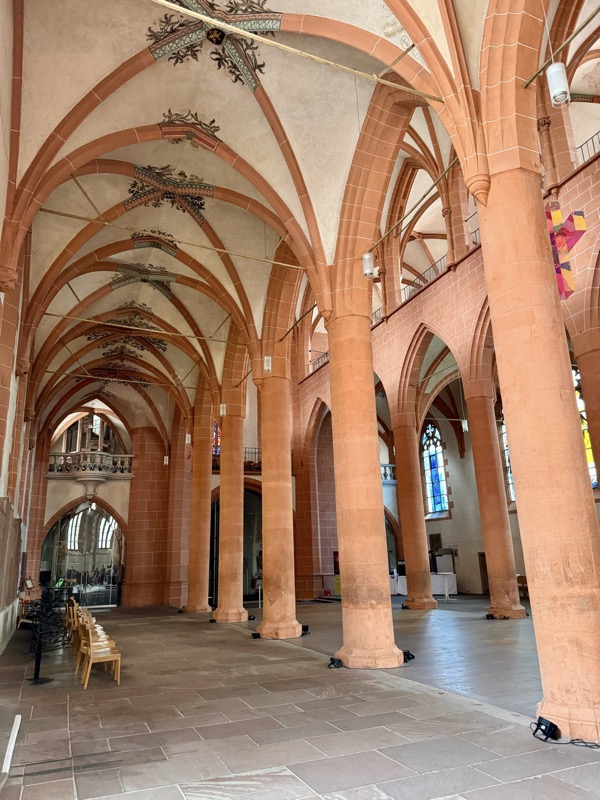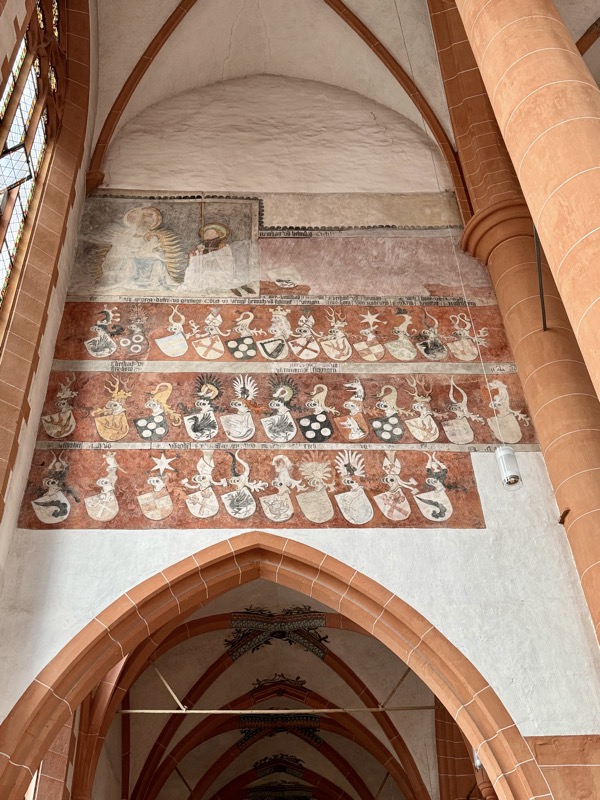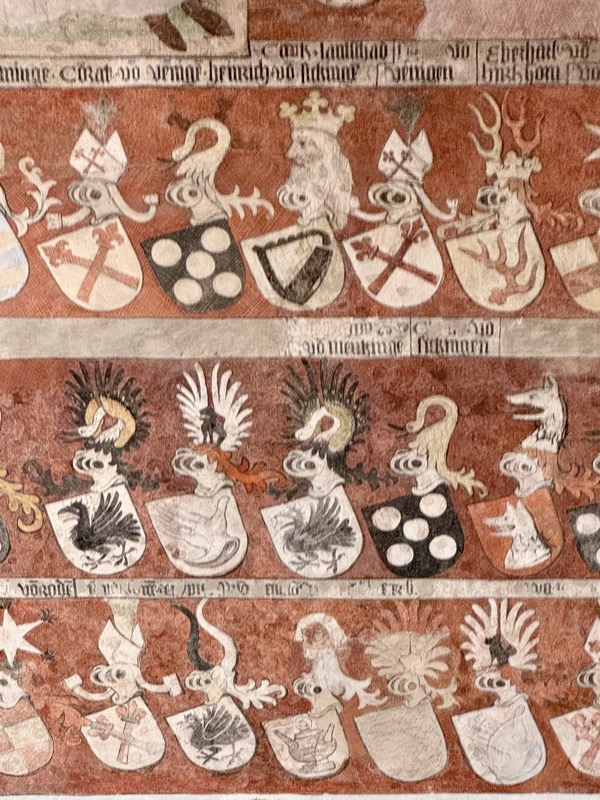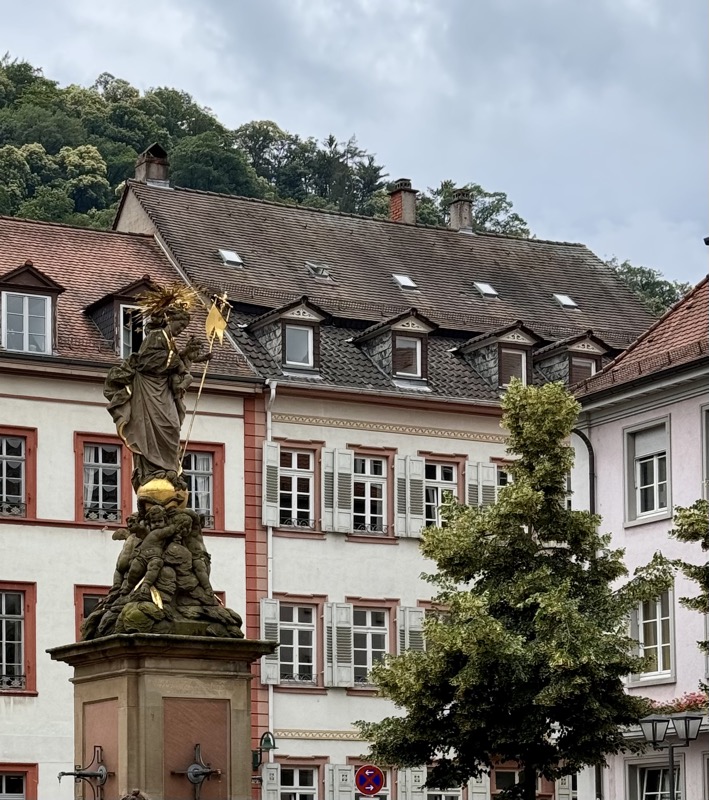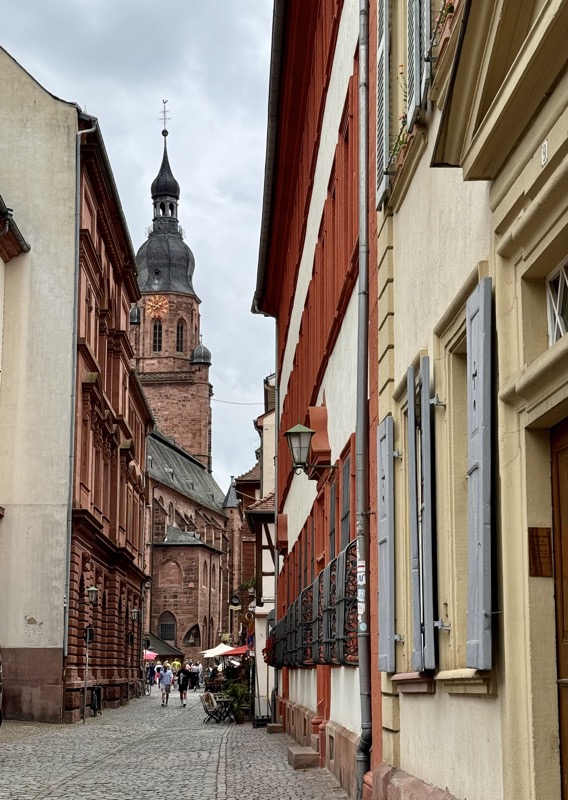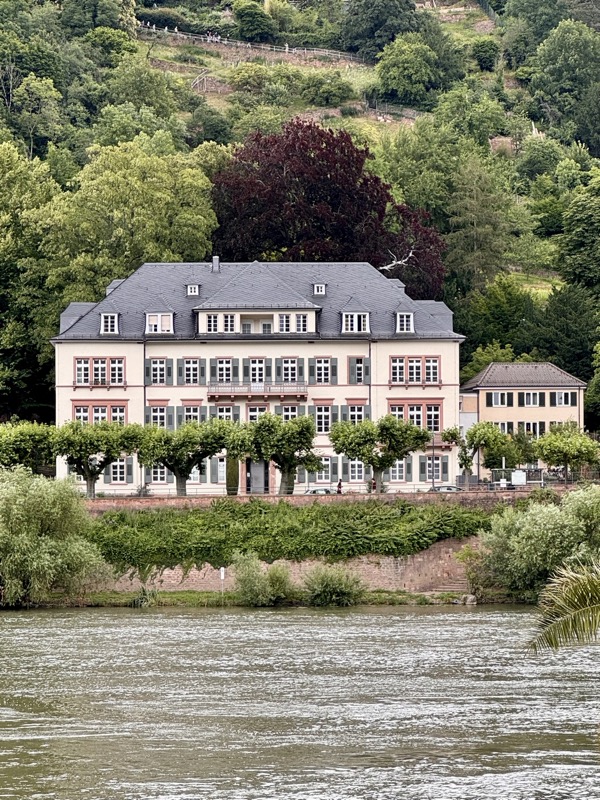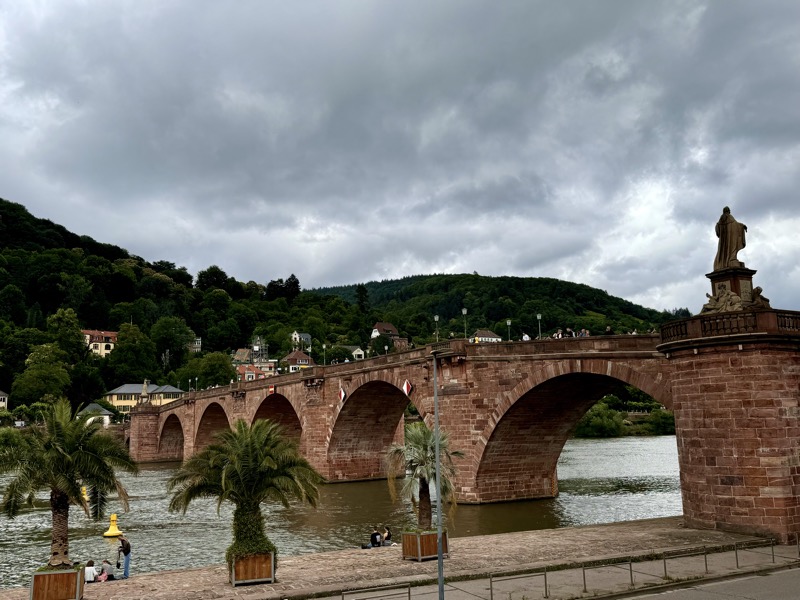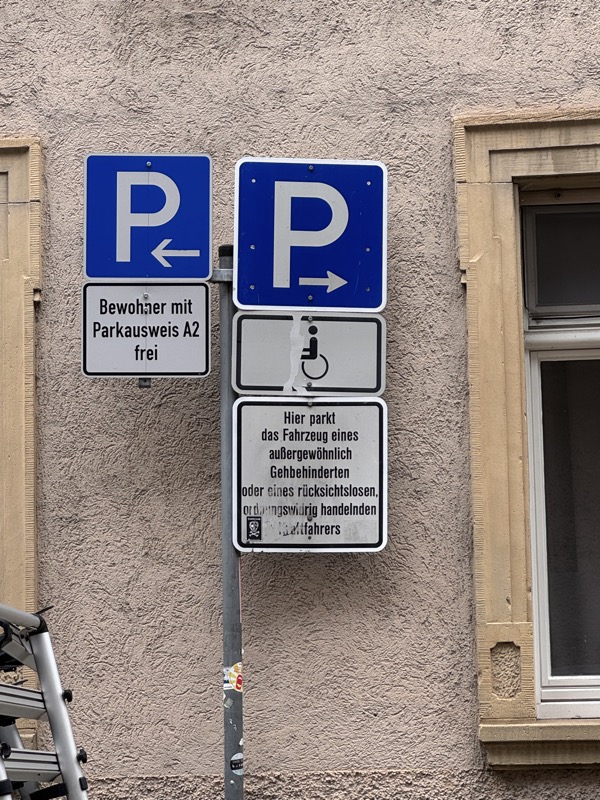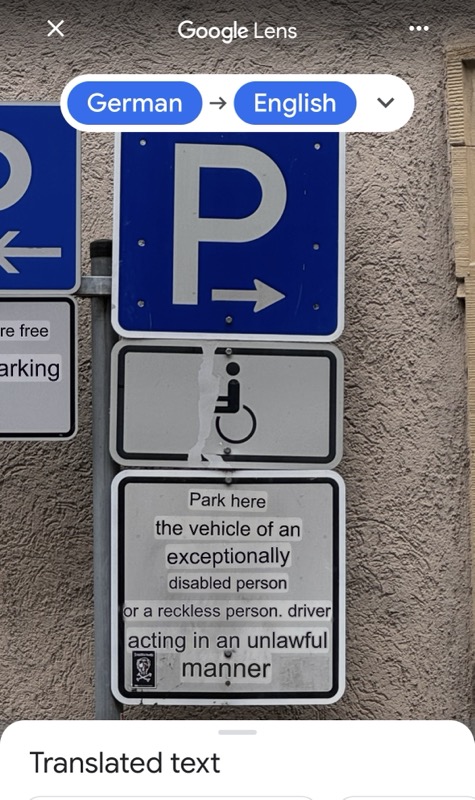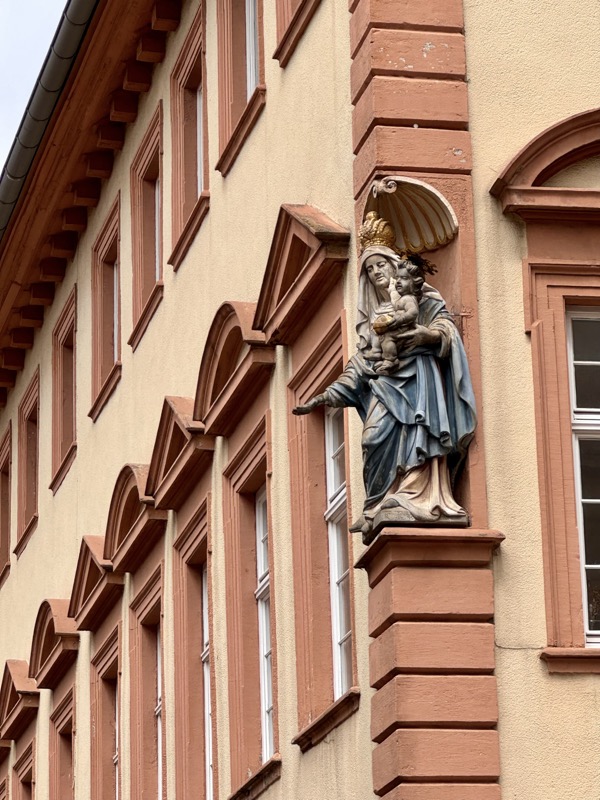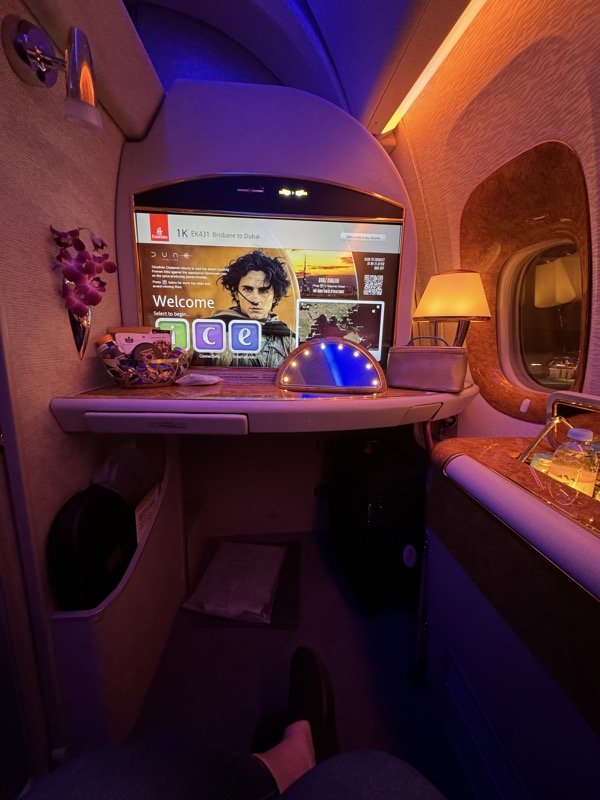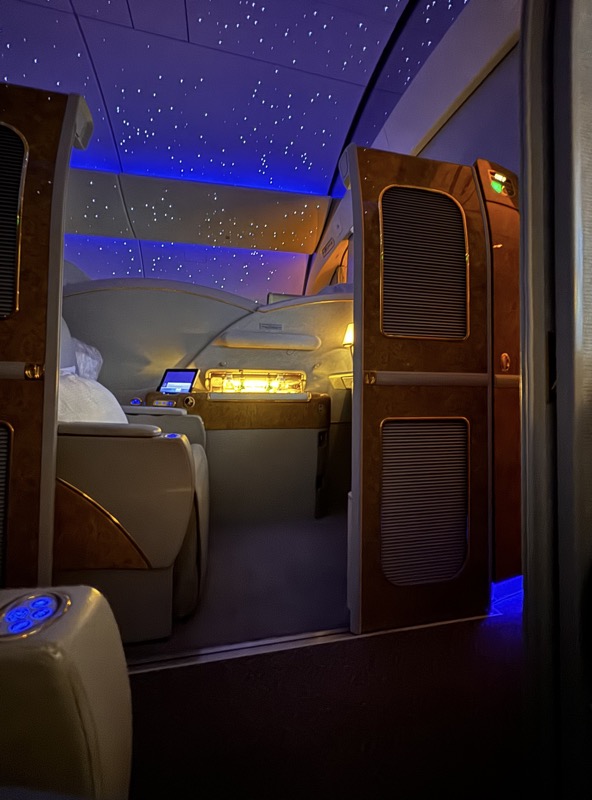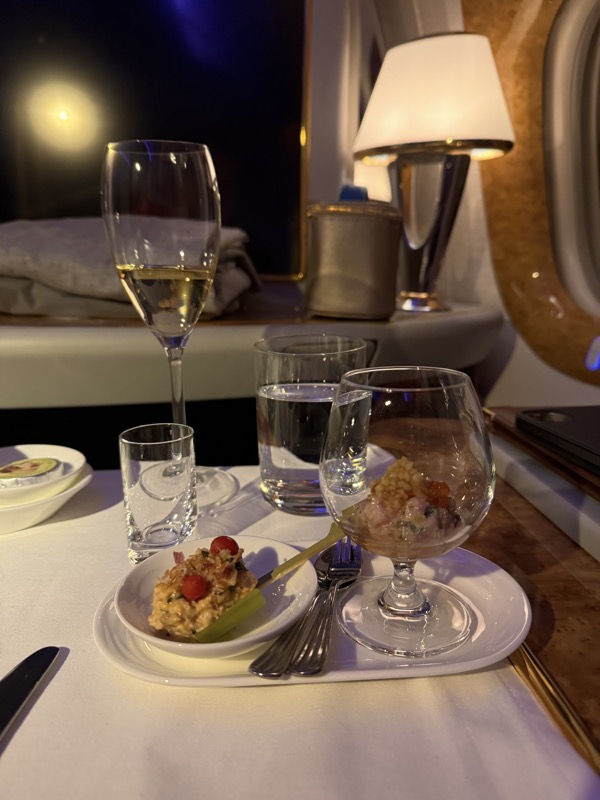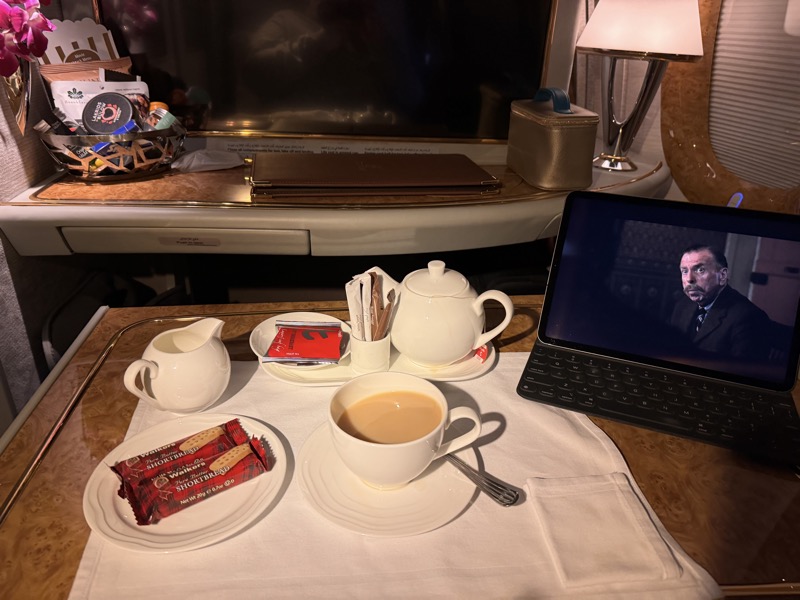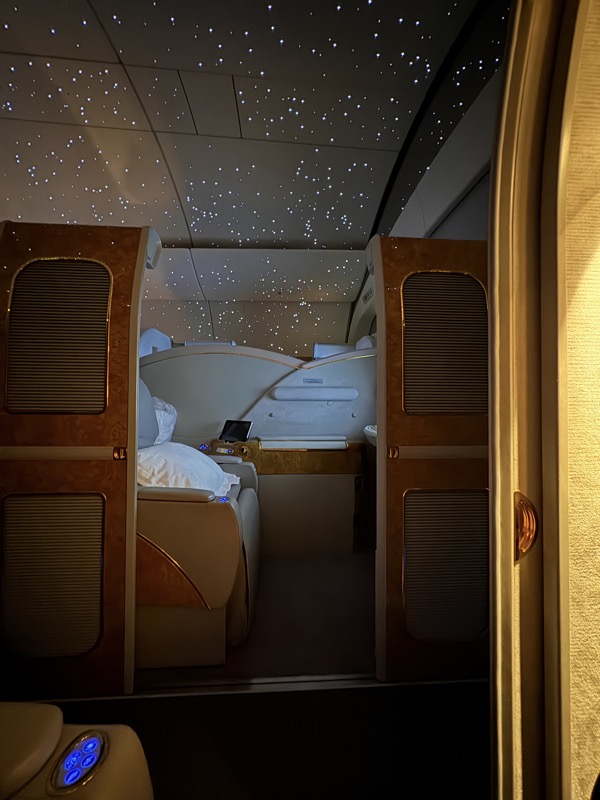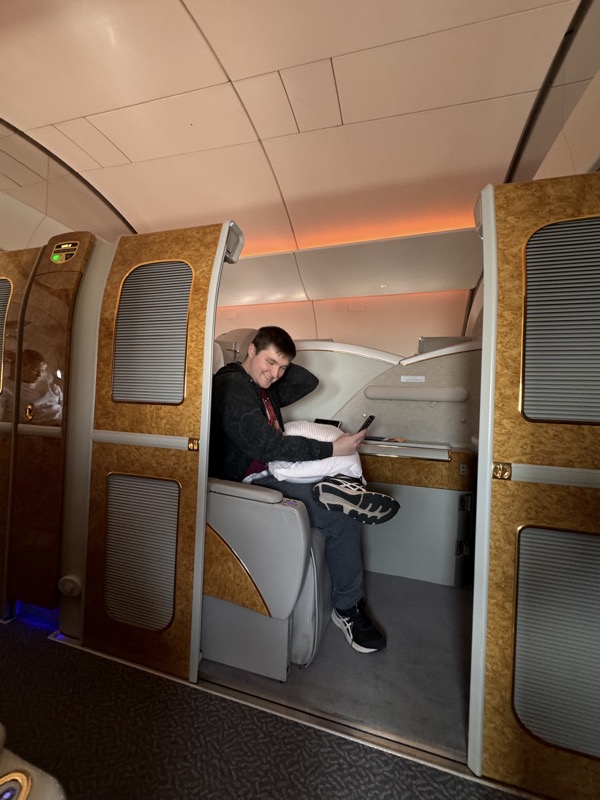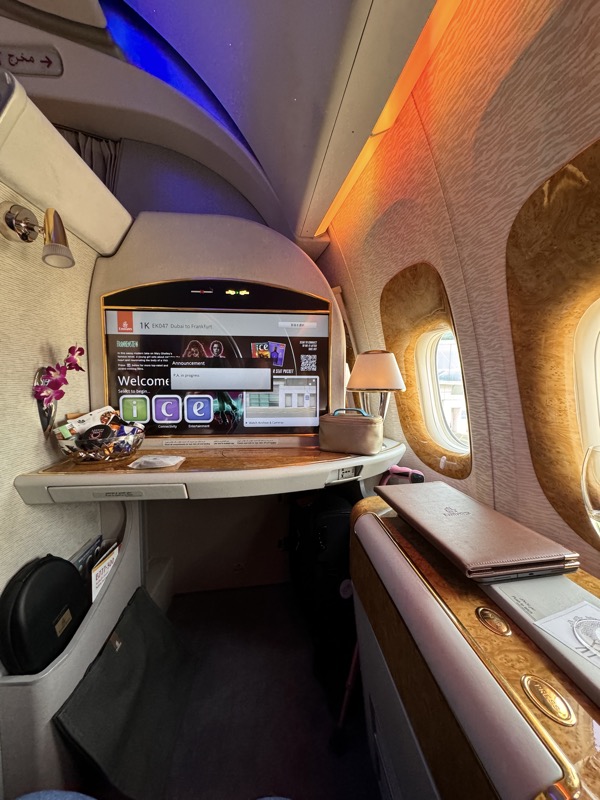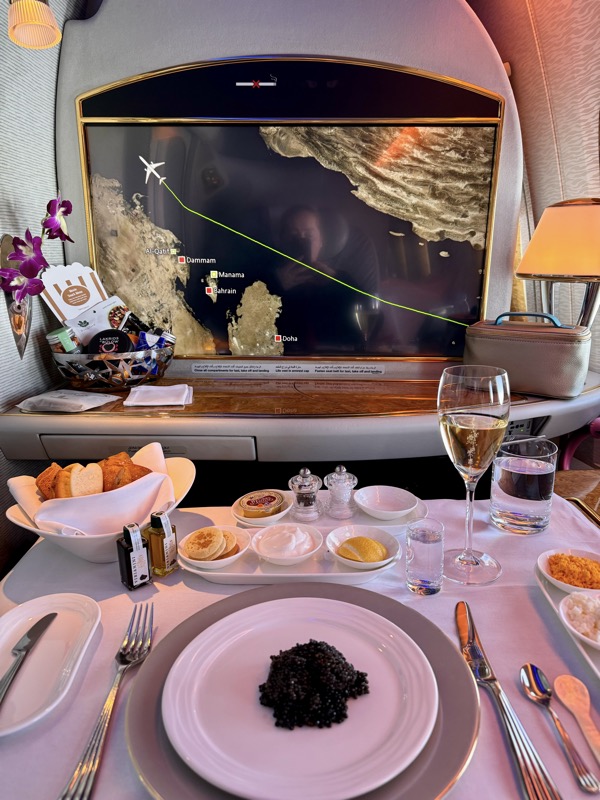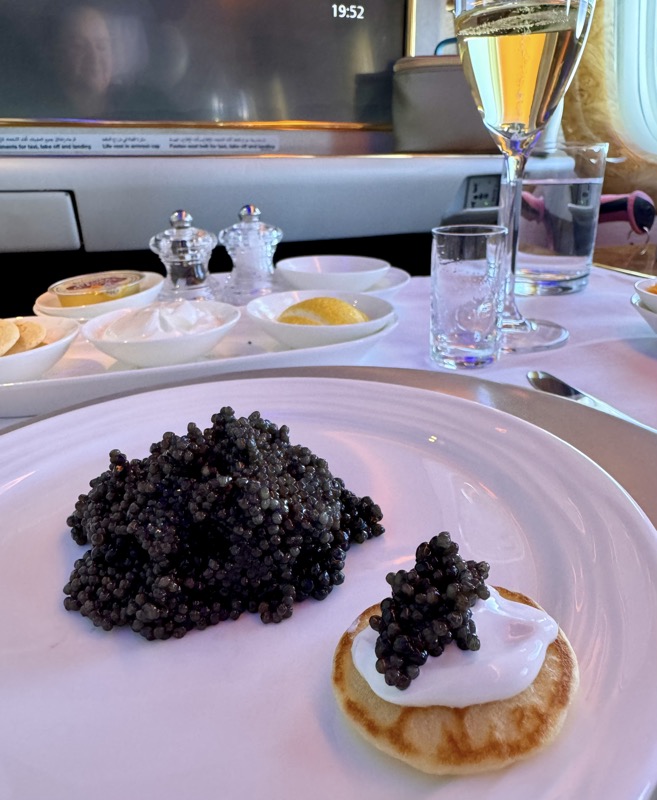The Bastogne War Museum is a World War II museum focusing on the Battle of the Bulge, located a few kilometres northeast of the Bastogne city centre in the Belgian province of Luxembourg. We were looking for somewhere to break up the afternoon drive, and this feel like a culturally useful stop… gotta smash some history into your STEM students any which way you can!

Out front we encountered what appeared to be some select pieces from Berlin’s East Side Gallery, including some very colourful painted Trabants.








According to the interwebs – ‘the musuem is located on the former Bastogne Historical Centre Site and was opened in 2014 after four years of work. It features a highly interactive audio tour walkthrough which takes about two hours and showcases many artefacts from the events leading up to and the battle of Bastogne itself. It has three immersive films and follows the story of four fictional characters involved in the battle. The main exhibition progresses chronologically and presents a timeline before, during and after the offensive’… which kinda sounds okay? Until you get there!
OMG it’s a massive swing and a miss from me on the audio tour nonsense. Most of the displays are full of text – lots of maps, written explanations in four different languages, info about different artefacts and objects, and all the while you have these four fictional characters babbling in your ear trying to make the experience somehow personal and relatable. I had to shut those fuckers up so I could read and actually absorb something!

I know these sorts of things are probably designed for people who are unaccustomed to steady reading, or are only used to having their history totally spoon-fed to them, but I don’t know how anyone could possibly follow the narration of the tour *and* absorb the chronological timeline and details that are right in front of them. Especially given the narration is done very emotively with music and/or the sounds and noises of war running through the entire soundtrack. :/
I took some photos here and there, but am so not going to hash over the day to day of the build up to the Battle for Bastogne. I am certain there are any multitude of documentaries available on this particular engagement on Netflix at any given time, and if your patience doesn’t run to an hour long documentary, I am sure there are some TL;DRs on YouTube you could find for a 20min run down… failing that, go watch ‘Band of Brothers’ and you can have a expertly dramatised version of the events as told by US soldiers who lived through it.

Hitler wrote Mein Kampf while in jail after WWI… not sure why it made me think of Trump’s Project 2025 manifesto, but it currently does. 😐

DM notes when inflation went crackers post WWII.


I find Nazi memorabilia morbidly interesting; at the time it was probably no different from any other type of orangised group of people in society plonking their symbols all over their badges, flags, crockery, cutlery etc. But now? With the historical context, seeing a swastika anywhere (that isn’t a Japanese temple) is just so… jarring.


Youth passport.


Typical items of kit.


A portable printing system used by the Resistance.

Map of the European and Pacific theatres.


Paratroopers very high tech kit… oh dear god.


The Pacific Theatre – just like in Japan, there is ZERO mention of the ANGAU troops and the engagement in Milne Bay in PNG that dealt the Japanese army their first defeat in the region. I mean, I would probably know nothing about it if it weren’t for the fact that my grandfather served in the 25th Batallion there in WWII. I find it interesting that even here, there is plenty about the US and Midway and Guadalcanal, but not a peep about Aussie chokkos repelling the Japanese.



I had expected far more vehicles and even aircraft in this museum – the air support was integral to holding Bastogne against the Germans once the Allies were surrounded. But not so much.


How to talk, children and not give away plans to the enemies.

I’m unsure what sort of tank this is… but it does look far to clean and shiny for this purpose.




The restored state of these vehicles seems unnecessary. In Gallipoli, nearly everything looks aged, distressed and ‘like it’s been through a war’. A lot of these displays feel… sanitised.

One of the video presentations, complete with fog machine and voices of a German LT, and an American solider talking about the days waiting for Patton from either side of the engagement.

Another dirty big tank, that looks clean and brand spanking new with a fresh coat of paint, in spite of the enormous hole in the side of it?



Local artwork made in the years following the war – repurposed brass to make lanterns, reliquary type objects, an umbrella stand and even a little wishing well.









Newspaper front page after Hiroshima is bombed…


There was another section of the Musuem called, the ‘45 … which had some enormous dioramas made up. This was weird – there was no context given for this area of the museum. Just cleaned up cars and staged scenery for them.


Outside there are some monuments to the 75,000 American soldiers who lost their lives in Bastogne at the Battle of the Bulge. The offensive was integral in turning the war in favour of the Allied forces. The German army suffered over 100,000 casualties. These monuments have a very ‘Thank you, America!’, feel about them. In fact, the entire town of Bastogne has that vibe, with plenty of American flags and actual ‘Thank You!’, signs visible in shops etc.


The major monument dedicated to the American servicemen who came from all parts of the US.




Much like Waterloo, which I visited a couple of months ago, it is a strange feeling to look out onto such peaceful countryside and know that the ground was once soaked with the blood of so many young men killed in war here. The noise of the aircraft, tanks and artillery couldn’t be further away as you listen to birds and leaves rustling in nearby trees.

Popped into a cafe in Bastogne with Angus because Belgium equals… WAFFLES!



And later – some traditional pommes frittes with mayo on our drive.


































































































































































































































